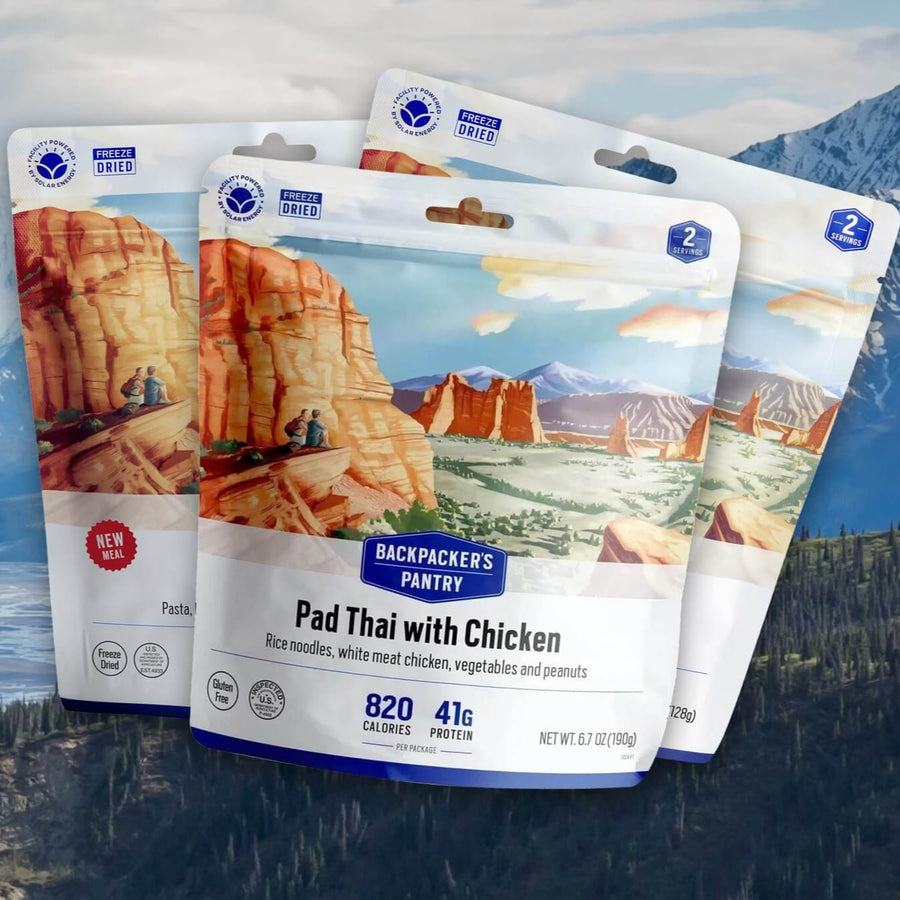Dog First Aid for Hiking, Camping, and Other Wilderness Adventures

Dog First-Aid Tips for Your Outdoor Adventure
Do you know how to help your furry loved ones if they get injured while you're outside hiking, camping or backpacking? Read on for essential canine first-aid tips and a list of items to keep your dog safe during your next outdoor adventure.
Why it's Important
During your outdoor adventure, your pet may be exposed to specific dangers that can seriously jeopardize his or her well-being. This includes broken bones or lacerations, hypothermia, allergic reactions and poisonings due to ingesting toxic vegetation and pond algae. Older pets are at risk of cardiac events, especially if they aren't used to running or walking long distances.
Prompt first aid can help save your furry loved one, however, it's important to remember that any first aid administered to your dog should be followed by timely veterinary care. First-aid care should not be viewed as a substitute for veterinary care. That said, it may reduce the risk of severe bleeding, infections, long-term disabilities and, in some instances, even death.
Signs of Trouble
While limping and bleeding are obvious signs of trouble, other symptoms may be vague. Pay attention to your dog's behavior on the trail. Watch for signs of lethargy, diarrhea or excessive vomiting. Make sure your dog is drinking and eating normally. You should also watch for excessive scratching, chewing at feet, swelling of the face, puffy eyes and breathing difficulties.
Essential First-Aid Items
Before heading out with your pooch, be sure to pack the following:
Pet First Aid Guide: Accidents can happen when you least expect them. Make sure you have a detailed pet first-aid guide, so you won't have to rely solely on your memory.
Muzzle: Even the gentlest dogs may lash out when they are in pain. Be sure to pack a muzzle in case you need to treat an especially painful injury in a sensitive area.
Latex gloves: These can help you keep your hands germ-free, while also doubling as makeshift booties and waterproof protection for bandages and paw injuries.
Thermometer: This can be especially useful during the hot summer months when dogs can overheat due to enthusiastic running and hunting.
Emergency blanket: Even though they are covered in fur, dogs are at risk of hypothermia, especially if they get wet. Be sure to pack an extra blanket to warm up your dog and know the signs of canine hypothermia, including trembling, shivering, lethargy, cold skin, decreased heart rate, pale gums, dilated pupils, balance problems, slow breathing and body temperature below 95 degrees F.
Tweezers: Use these to remove small painful objects such as spines, thorns and insect stingers.
Betadine solution: Even a small cut can become infected with dangerous bacteria. Betadine is a great antiseptic that can cleanse a wound before you apply a bandage.
Sterile saline: Use this to flush wounds or irrigate foreign material from an eye.
Bandages: If your dog suffers a wound, apply gauze and firm pressure for several minutes to stop the bleeding. Look for self-adhesive bandages that will stick to itself and not fur.
Antihistamines: Diphenhydramine can be used to treat allergic reactions due to insect stings, bites or contact allergies from plants. The standard dosage is 1 mg per pound of body weight. Contact your veterinarian for the recommended dosage for your pet and always double-check the dosage before giving your dog the medication.
Backpacker's Pantry provides ready-to-eat, lightweight camping food for short hikes, extreme adventures and everything in between. Browse our nutritious, gourmet food for the trail.





